An interview with Governor Lee Nak-yon of Jeollanam-do Province
The southwestern province of Jeollanam-do of theRepublic of Korea stunned everyone late last May winning the much-coveted GrandAward for Job Creation offered by the President of the Republic of Korea andpresented by the Minister of Employment & Labor on behalf of the President.It was a great surprise to everyone because the province is traditionally anagricultural region.
The Province was evaluated to have created thelargest number of new quality-jobs among all the local autonomous governments acrossthe country.
For a province whose traditional mainstreamindustries are agriculture and fisheries, it is a very rare example to generatethe largest number of new jobs, indicating a major transformation in theindustrial structure of the province.
In August this year, Hyundai Research Institutepublished an analysis showing that the economy in several local autonomous governmentsled by the Jeollanam-do Province began to recover from prolonged recessionstill inprogress in many parts of the country.
Creation of new jobs has caused a significantincrease in population, especially among the young people which merits a greatextent of attention.
Since his inauguration as the sixth elected governorof the Province, the government of Jeollanam-do under has been making concertedefforts for creating new jobs and attracting investors.
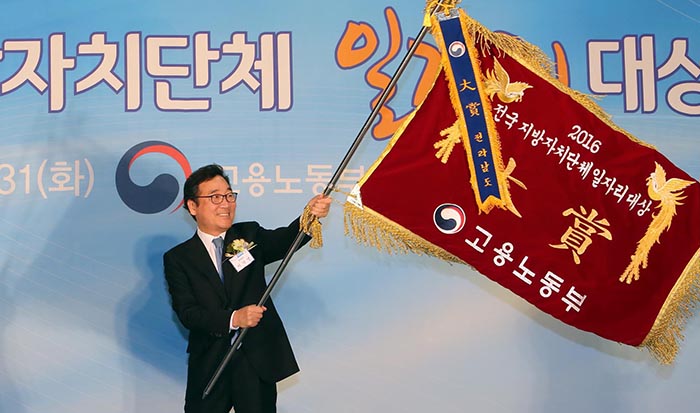
During the past two years, a total of 309 newenterprises and companies invested a total of 2.4588 trillion won (approx.US$2.195 billion) in the Province, employing over 10,000 workers. As a result,the Province now boasts stabilized and cooperative labor-management relations--winningthe top and excellence awards in recognition of its win-win cooperation betweenlabor and management for the eighth consecutive year.
The provincial government is providing variousincentives and support measures for the businesses who create new jobs foryoung people as well as for the senior citizens.
As a result, the total number of people inemployment in the manufacturing industry has increased to more than 100,000persons, representing an increase of 14,000 persons as of the end of July thisyear compared with the same period of last year.
During this period, employment at the electric,communications, and transportation companies increased by 9,000 persons. In particular,young people are coming home back to the province from the big cities.
The Korea Post recently interviewed Governor Lee Nak-yon of the Province for further details on the exceptional developments in his province. Excerpts from follow:

Question: Wildwaves of the so-called ‘Fourth Industrial Revolution’ are coming. How is yourprovince preparing to successfully meet the challenges and make the best use ofthem?
Answer: The main pillars of our economy, such as petrochemical industries, steel and shipbuilding, are facing increasingly tough challenges. To successfully meet this situation, we are concentrating our efforts on creating alternatives industries. We believe that the new energy industries are potential alternatives that can guarantee us a good future.
With the advent of the era of energy revolution whenfossil fuels are rapidly replaced with new renewable energies and launch of theParis Agreement on Climate Change, countries around the world are more and moreobliged to reduce the consumption of energy. The new energy industry thatcomprises of production of clean energies and technologies of saving andstoring electric power is emerging as a future key industry.
In line with these trends, the provincial governmentis actively promoting new energy industries. As the Korea Electric Power Corporation(KEPCO), the largest power company in Korea, moved its headquarters to Naju andthe central government selected new energy industry as a regional strategicindustry, the Province emerged as the most advantageous region for the developmentof new energy industry in the country. It has the highest solar insolation, andits offshore wind energy resources and tidal current energy account for 60% and97% of the entire renewable energy resources of the country, respectively.

Q: What are yourspecific energy industry promotion programs?
A: Leveraging these favorable conditions and chances, the provincial government formulated a ’10-year energy industry development plan aimed attracting 700 energy-related companies and creating 30,000 new jobs by 2025. Under the plan, it aims to foster new energy technology industries, including electric vehicles, energy storage systems (ESS) and motors, build an electric vehicle-based energy city in Naju, turn 50 inhabited islands into carbon-free and self-reliance in energy areas, and to increase self-reliance rate in new renewable energies to up to 30% by 2025 by expanding renewable energy industries in the Province, including solar photovoltaic, wind power and tidal current power generation.
At the same time, in partnership with KEPCO, theGwangju city government is constructing an energy valley around Naju innovativecity, aiming to attract 500 energy-related companies by 2020. As of today, 133companies decided to invest in this valley. Moreover, the central governmentand large enterprises are expanding investments in new energy industry. Thecentral government plans to invest 42 trillion won (approx. US$37.5 billion) inthis area by 2020, while KEPCO and SK Telecom will invest 500 billion won(approx. US$446 million) by 2020 to build electric vehicle charginginfrastructure in the innovative city. KEPCO also decided to invest 100 billionwon (approx. US$89.2 million) to construct ‘KEPCO Energy Valley R&D Center’.To expand the foundation for development of new energy industry, the provincialgovernment will construct the energy industry complex in area of 3.3 millionsquare meters near the innovative city on a phased basis, and eventuallycombine the complex with the Gwangju Innopolis.
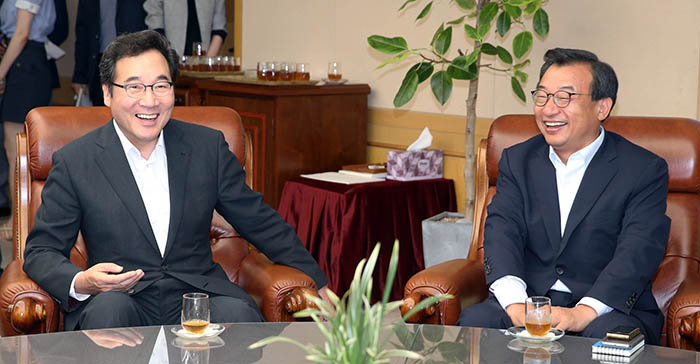
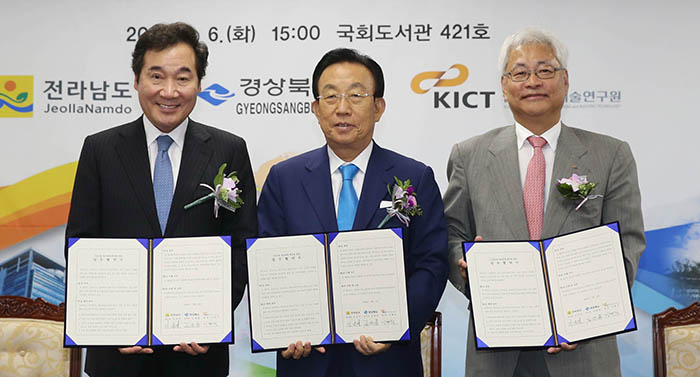

Q: Do you have any plan for developing islands andforests?
A: Since last year, the provincial government is developing 24 attractive islands that have rich culinary, historical and cultural resources by investing over 263 billion won (approx. US$234 million) by 2024. During the past one and a half years, we developed tourism infrastructure in 8 islands of them by improving cafes, indigenous products stores, trails and beaches. Thanks to progress in the development project, visitors to 6 islands of them increased from 270,000 persons in 2014 to 570,000 persons last year. Starting this year, the provincial authority is expanding broadband Internet and free Wi-Fi networks, roads, water supply and drainage systems on these islands. In preparation for construction of the Heuksan Airport by 2020, we are realigning living conditions of residents on Heuksan Island and other neighboring islands.
In an effort to develop the Province as a hugeforest and beautiful park, we plan to plant 100 million trees in areas of31,000 hectares by 2024 by investing 520 billion won (approx. US$473 million).Trees include those for improving landscape and those for making profits. Ofthese, we already planted 10.09 million trees last year, and 8.87 million treesin the first half of this year.
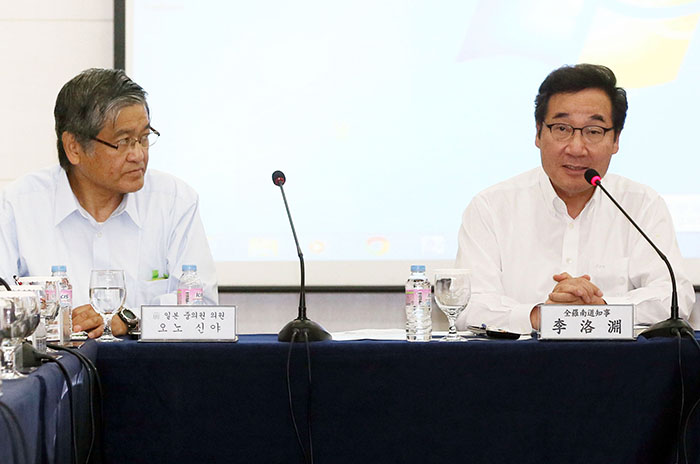
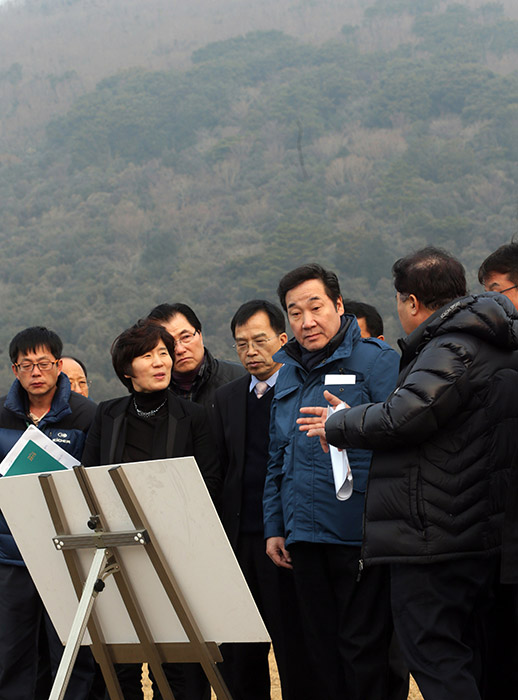
Q: We understandthat a comprehensive large-scale resort will be built on an island near Yeosu.Would you elaborate on this topic?
A: Since it hosted the World Expo 2012, Yeosu has rapidly grown into an international tourist city. With a beautiful view of the evening sea and a bridge that emerged as a hot place for young tourists, the port city attracted over 13.5 million tourists last year. And a consortium led by Mirae Asset, one of the largest financial institutions in Korea, and Castlepines, a U.K.-based international investor, plans to invest 1.1 billion won (approx. US$982 million) in the development of the Gyeongdo Island near the bridge to build an attractive, premium resort complex consisting of a five-star hotel, floating villas, a water park, a yacht marina and a marine cable car. This project is expected to spur other investments in the southwestern coastal region of the Province.
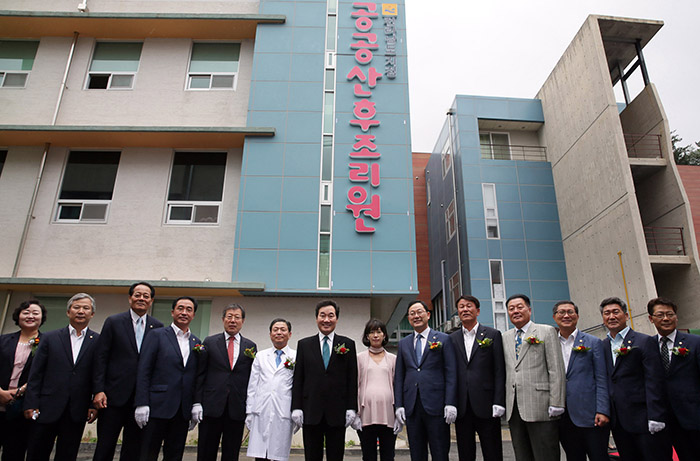
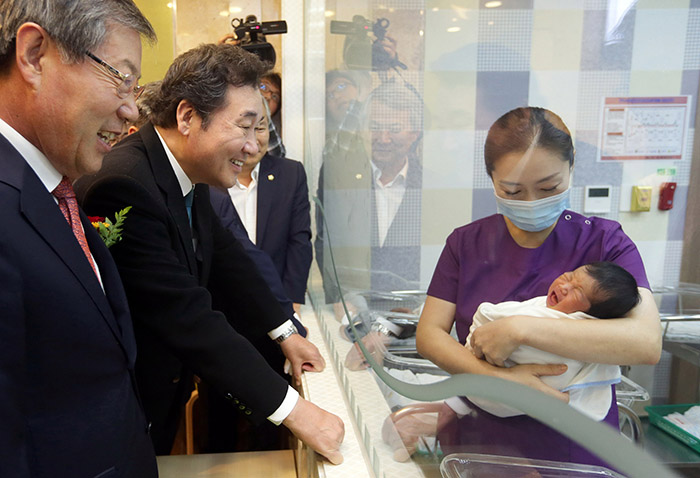
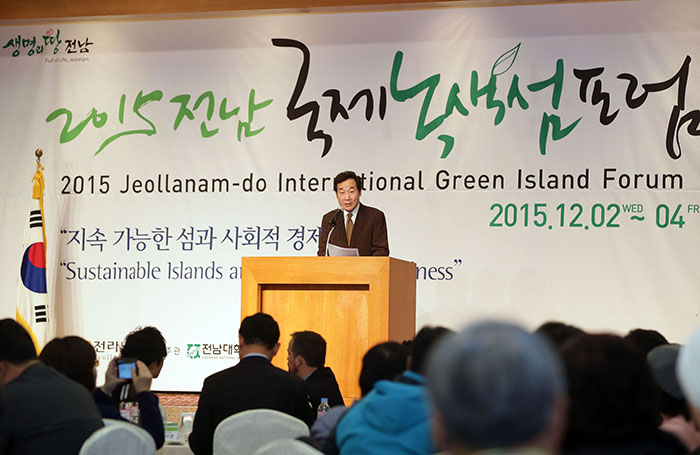
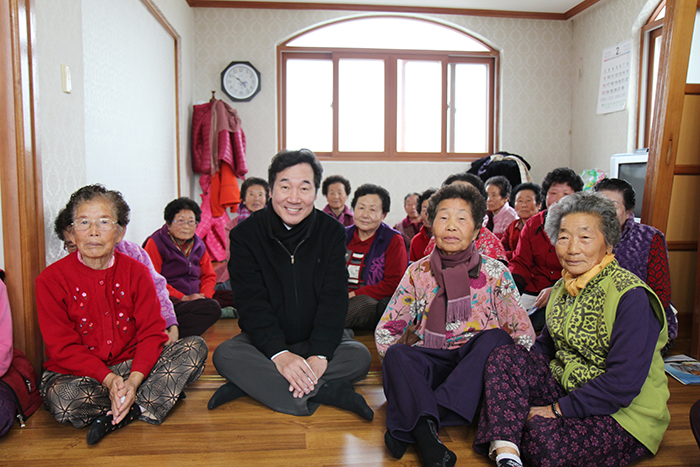
Q: What areother major policies and programs of the province?
A: In an effort to increase population, the provincial government is actively implementing a childbirth encouragement policy while improving healthcare environment for childbirth. We are also implementing a program of eliminating gaps in the area of income and education for the children and youths. In addition, we are promoting eco-friendly smart farms, greenhouse agriculture, and Korean native cattle raising programs. We will also foster bio-medicine industry by supporting pharmaceutical and medical research organizations such as a Green Cross vaccine plant, Jeonnam Bioindustry Foundation, and an Integrated Medical Science Center in Jangheung.
Q: The Korea Post is fully exposed to thereaders in a total of over 200 countries around the world, including 115 whoare diplomatically represented in Korea by resident embassies. Do you have anymessage for our readers?
A: We have generally covered most of the areas of interest to the international community as well as to the expatriate population in Korea. However, I would like the re-emphasize some of the points to err on the safer side.
Jeollanam-do has rich natural resources, includinglarge clean fields, lush mountains, seas, mudflats, many islands and islets,and long coast lines, which one might wish to call a ‘Land of Life.’
Safe food of Jeollanam-do contributes to thepromotion of health of all the people visiting us as well as the nativevillages and townspeople. Our well-preserved natural environment is also agreat asset to promoting the health and energy.
And I am sure that the precious resources we havein our province will bring back vitality to our local economy and alsocontribute to boosting our cultural pride.
At the same time, however, we also have tasks tobe tackled such as creating more jobs in diverse areas, further improving theeducation standard and facilities, increasing the income of the farming andfishing communities, and finding ways to boost the flagship industries of ourprovince.
My personal philosophy is 'listening to peopleattentively and looking far into the future'. I will always listen to what the peoplein Jeollanam-do have to say, and look far into the future when we study theiropinions in making our policies.
Your opinion and suggestions are always welcome inour effort to make the Jeollanam-do a place filled with vitality, charm andlove.
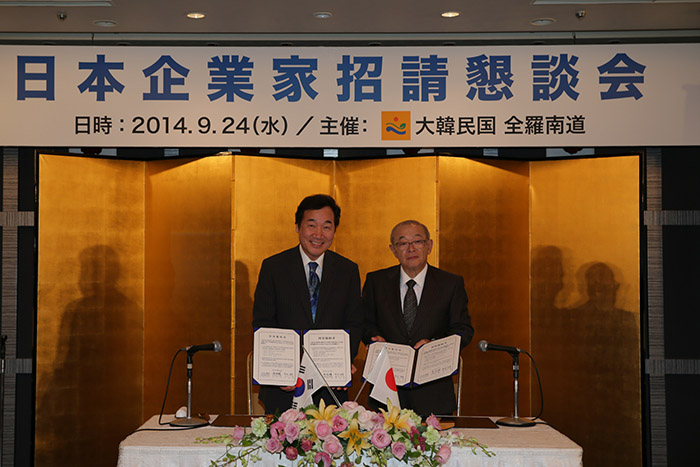
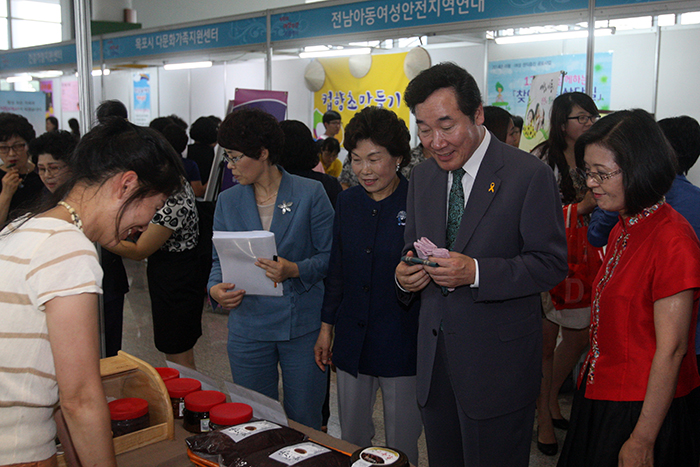

Resume of Governor Lee Nak-yon:
Personal details:-
Name: Lee Nak-yon
Date of Birth: December 20, 1952 (Lunar calendar)
Place of Birth: Yeonggwang, Jeollanam-do
Family members: Kim Sook-hee (wife) and one son
Academic background:-
March 1958 to February 1964: Graduated fromSamdeok Elementary School in Beopseong, Yeonggwang, Jeollanam-do Province.
March 1964 to February 1967: Graduated from BukMiddle School in Gwangju, capital city of Jeollanam-do Province.
March 1967 to February 1970: Graduated from JeilHigh School in Gwangju
March 1970 to February 1974: Graduated from the Collegeof Law of Seoul National University with a Bachelor’s degree in Law
Employment:-
1979: Political reporter at leadingKorean-language daily, Donga Ilbo, published in Seoul.
1990: A Tokyo correspondent of Donga Ilbo
1994: Deputy political editor at Donga Ilbo
1997: Editorial writer at Donga Ilbo
1999: Desk editor at the International Departmentat Donga Ilbo
May 2000 to May 2004: Elected member of 16th-termNational Assembly
December 2000 to November 2001: Chairman of the1st Policy Coordination Committee of the Democratic Party.
December 2000 to November 2001: AssistantAdministrator at the Special Committee for the Inter-Korean Reconciliation,Cooperation, and Exchanges of the Democratic Party.
November 2001 to April 2002: Spokesman of theDemocratic Party
September 2002 to December 2002: Spokesman of the16th Presidential Election Task Force of the Democratic Party
December 2002 to February 2003: Spokesman forPresident-elect Roh Moo-hyun
March 2003 to September 2003: Representative ChiefSecretary of the Democratic Party
June 2004 to June 2006: Floor leader of theDemocratic Party
April 2007 to June 2007: Deputy Party Leader ofthe Democratic Party
July 2007: Supreme Member of the Moderate UnitedDemocratic Party
August 2007 to January 2008: Spokesman of theUnited New Democratic Party
May 2004 to May 2008: Member of the 17th-termNational Assembly
May 2008 to May 2012: Member of the 18th-termNational Assembly
July 2008 to June 2010: Chairman of the Food,Agriculture, Forestry and Fisheries Committee of the National Assembly
October 2010 to May 2011: Secretary General of theDemocratic Party
September 2010 to May 2012: Chairman of the Jeollanam-doProvincial Committee of the Democratic Party
May 2012 to May 2014: Elected as Member of the 19th-termNational Assembly

